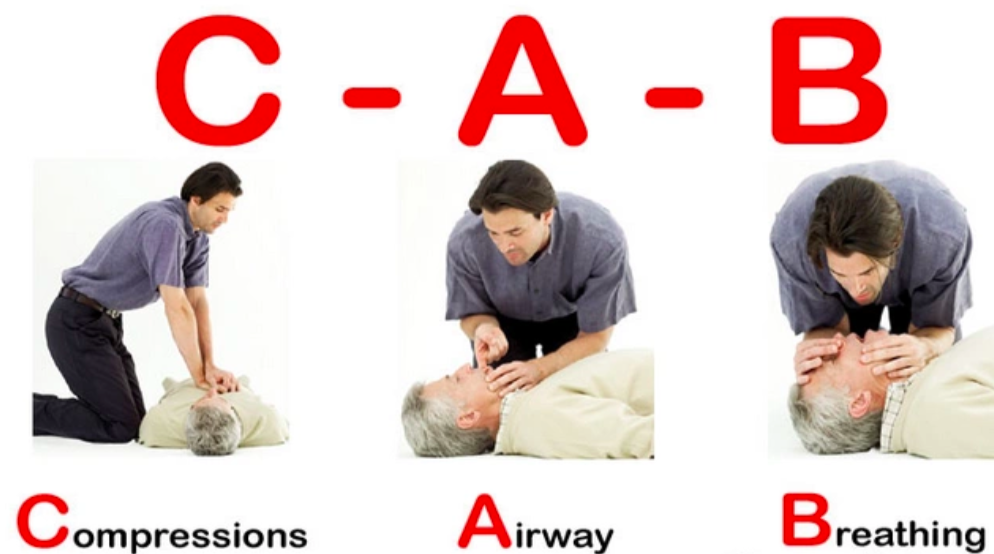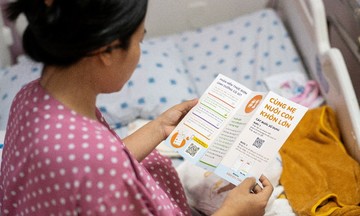Doctor Nguyen Ngoc Uyen from the Emergency Department of the 108 Military Central Hospital, explains that cardiopulmonary arrest is the cessation of heart and respiratory function, reducing blood and oxygen flow to the brain and other organs. This is a life-threatening condition that can lead to death within minutes if not treated promptly.
Cardiopulmonary arrest can be caused by cardiovascular diseases like heart attacks, myocardial infarctions, atrial fibrillation, ventricular fibrillation, and arrhythmias. It can also be caused by airway obstruction due to foreign objects, vomiting, angioedema, laryngitis, and asthma. Other causes include trauma, toxins, poisoning, shock, infections, drowning, electric shock, stroke, and epilepsy.
Typical signs include unconsciousness, absence of breathing and pulse, pale or bluish skin, and unresponsive eyes. Basic life support is the first step in managing cardiac arrest and should be performed immediately. This helps maintain circulation and oxygen supply to the brain and other organs until paramedics arrive with advanced life support equipment and other interventions.
 |
The process of CPR. Photo: Health |
The process of CPR. Photo: Health
General first aid principles:
: D – Danger: Ensure the area is safe for both the rescuer and the victim.
: R – Response: Check for responsiveness: gently shake and shout.
: A – Airway: Check and clear the airway.
: B – Breathing: Check for breathing: look, listen, and feel for breaths.
: C – Circulation: Check for a pulse and signs of life - perform chest compressions if necessary.
: D – Disability: Assess consciousness and check pupils.
: E – Exposure: Observe the entire body for injuries, expose to assess the cause.
Steps for CPR:
Step 1: Call emergency services:
Immediately call 115 and clearly state that the person is unconscious and not breathing.
Step 2: Open the airway:
Place the victim on a firm surface.
Lift the chin and slightly tilt the head back to open the airway - this technique follows international Basic Life Support (BLS) standards.
Step 3: Perform chest compressions:
Compression point: center of the sternum, lower part at nipple level. Place one hand on top of the other, keep elbows straight, and compress perpendicularly to the chest.
Compression depth: 5–6 cm, rate of 100–120 compressions per minute, ensuring "complete recoil between compressions". Do not pause between compressions - continue until medical help arrives.
If trained: give 2 rescue breaths after every 30 chest compressions. If not, continuous chest compressions are better than doing nothing.
Notes for children:
Children 1–8 years old: use one hand, compress 4–5 cm deep.
Children under 1 year old: use two fingers, compress 3–4 cm deep, at a rate of 100–120 compressions per minute.
When to stop CPR:
When the victim starts breathing again, shows a clear response, or when medical personnel or emergency services arrive.
Doctor Uyen notes that according to the 2020 AHA guidelines, untrained rescuers should start chest compressions even if they are unsure about the pulse, as the risk of harm is lower than missing someone who needs CPR. CPR started within the first few minutes (4–5 minutes) can help preserve vital functions and reduce brain damage. According to a survey in Vietnam, increasing the rate of bystander CPR can double the chances of survival after out-of-hospital cardiac arrest.
Le Nga












